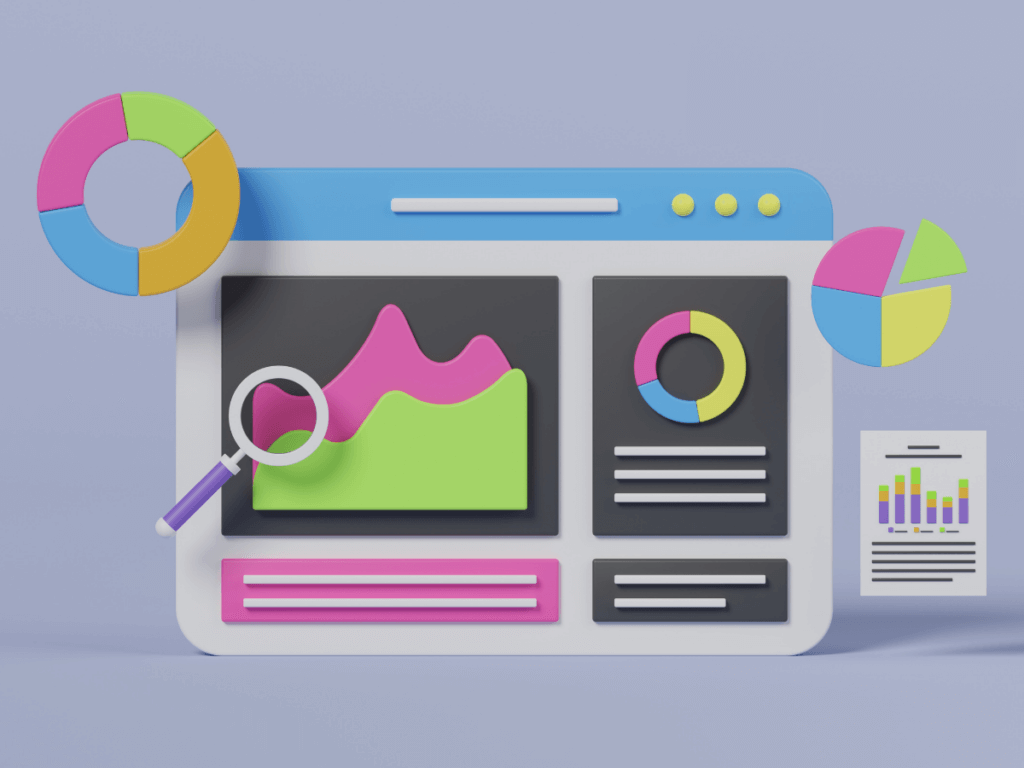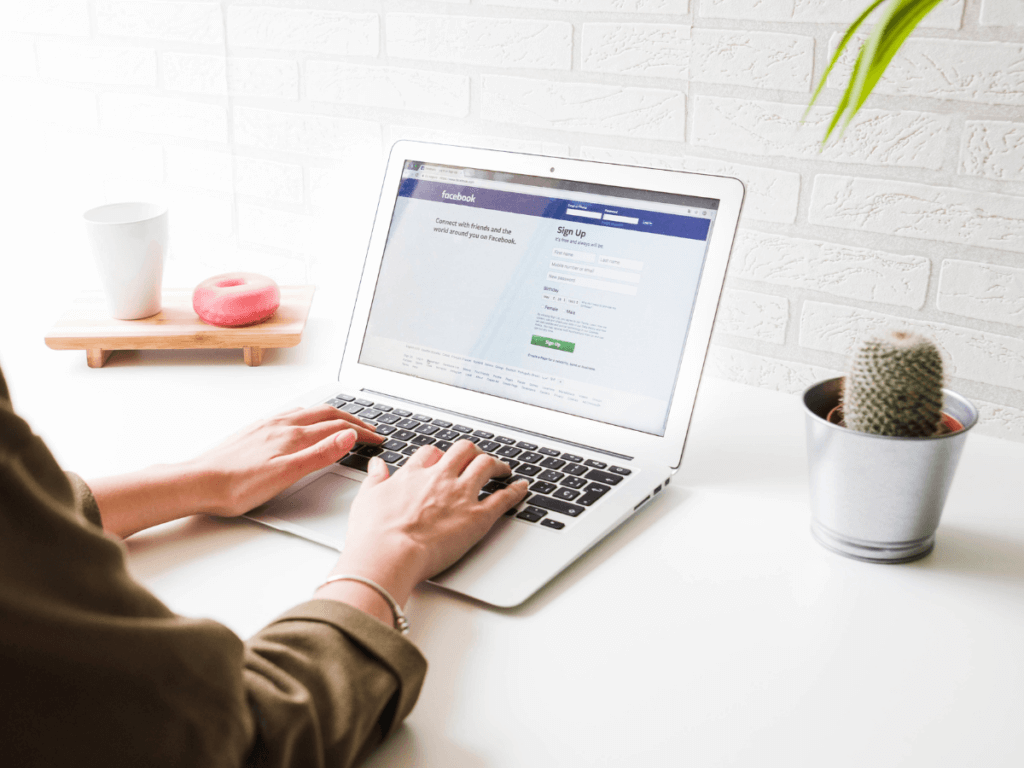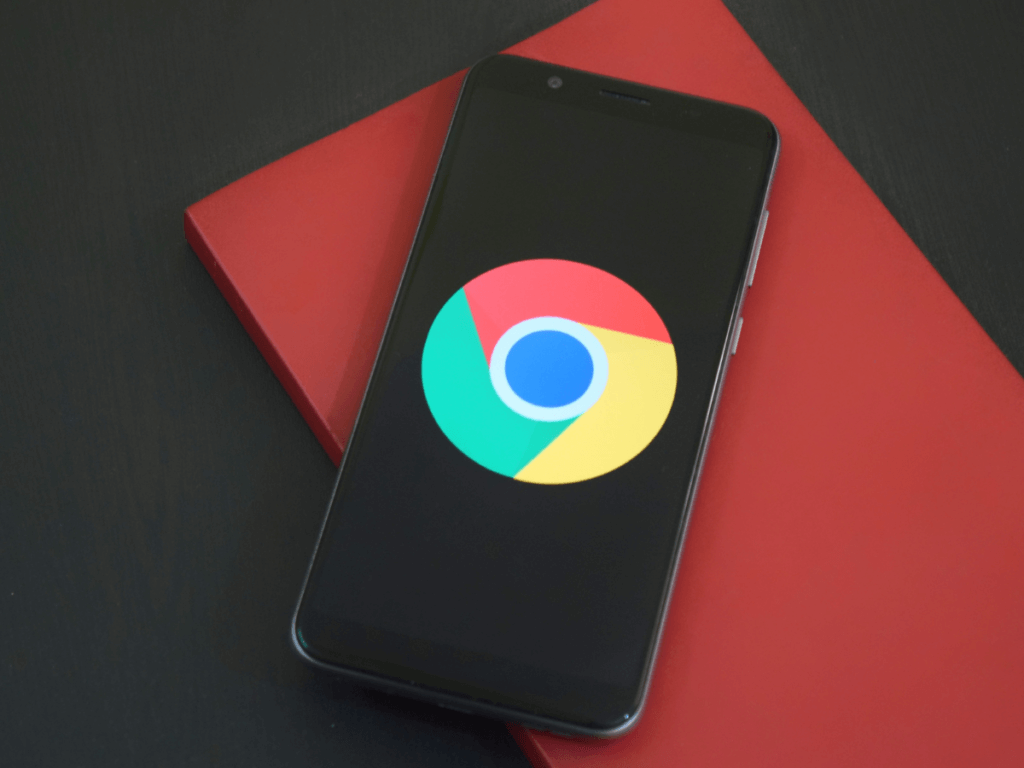Billions of active users make Facebook a powerful advertising platform, yet ad cost and competition are increasing. It’s easy to waste money on ads that don’t work. Here’s how to use a Facebook pixel to make sure you get the most from your advertising dollars.
What is a Facebook Pixel?

A Facebook pixel is simply a piece of code, known as JavaScript, that you put on your website. Nowadays, it’s more accurately called a Meta Pixel.
Why should you use a Facebook Pixel?
How do people respond to your ads? What do they do after they click?

The Facebook pixel collects the data you need to answer these questions and improve your ads. Marketers call this process “ad and campaign optimization.”
But what kind of people are responding to your ad? The pixel answers this too, helping you target your audience even more clearly.
A pixel also lets you retarget, or follow up with people who visited but didn’t buy. It can even help you build look-alike audiences, which are audiences of new customers similar to your existing ones.
What kind of data can the Facebook pixel collect?
Facebook pixels can detect:

- Sale or purchase.
- Lead: Any lead-gathering action.
- Registration: Completing a subscription form.
- Payment Information: Filling out a payment form.
- Cart: Adding a product to a shopping cart.
- Wishlist: Putting one of your products on a wishlist.
- Starting Checkout: Hitting the “Buy” button.
- Searching: Using a search function.
- Locate: Searching for your business address.
- Visit: Landing on a page and viewing content.
- Contact: Contacting your business.
- Customizing a Product: Choosing a product’s color, size or model.
- Appointment: Scheduling a meeting.
- Donate: Giving money.
- Application: Requesting a service.
- Subscription: Subscribing to a paid service.
- Trial Signup: Applying for a free trial.
The pixel can monitor conversions like these and reveal how your campaigns are performing. You can also customize your metrics, e.g. give a chosen conversion a monetary value.
Facebook pixels help optimize ads and campaigns
It’s important to always keep testing to improve your ads. Your pixel data might indicate that people clicked on Ad B 20% more than Ad A. From this, you might decide to pause Ad A and create and test new variations based on Ad B.
How does retargeting work?

A Facebook pixel can tell you what ad responders have in common. Now you can create a “look-alike audience.” This means finding more people who have demographics like your existing customers.
The pixel does this by monitoring people inside and outside of Facebook using cookies. This lets you track people who viewed your page but didn’t buy. You can then put ads in front of them again on Facebook, Instagram, or somewhere else.
How do you create a Facebook Pixel?
Now for the step-by-step instructions. Go to Facebook and navigate to “Facebook Events Manager.” Tap “Connect to Data Sources” in the left menu. Then select “Web” and click the “Get Started” button.
Choose “Facebook Pixel” and click “Connect.” Choose a name for your pixel. Add your site URL and click “Continue.”
Facebook Business Manager will usually give you only one pixel per account, so it would be wise to name your pixel after your business, not any specific campaign
How do you set up your Facebook pixel?

Now you can add the pixel to your site. Facebook has detailed instructions for adding pixel code manually if you have coding skills. However, it’s usually easier to let Facebook install the pixel for you, especially if you’re using a Facebook partner such as Squarespace, WordPress, or Shopify.
Look for the “Connect Website Activity Using Pixel” screen. Tap the “Use a Partner” button. This will guide you through an easy installation process.
Now you’ll want to set up Facebook pixel events:
- Click the button “Open Event Setup Tool.”
- Choose the ID of your new pixel and click Settings.
- Scroll to “Open Event Setup Tool.”
- Enter your website URL and tap “Open Website.”
- Go through the suggested events list, choosing to Review, then Confirm or Dismiss.
- Click “Finish Setup.”
If you need to resume this process, simply visit the Events Manager.
How do you use your Facebook Pixel?

To check if your pixel is working, use the Chrome browser to install the Facebook Pixel Helper browser extension.
Tap “Add to Chrome,” then visit any page on your site. Facebook Pixel Helper indicates whether Facebook pixels are on the page and if they’re working.
Facebook requires you to notify visitors that your site has a pixel. How do you do that? Review the Facebook Business Tools Terms. Scroll down and see Section 3: “Special Provisions Concerning the Use of Certain Business Tools.” It’ll have all the answers you need.
Get the most from your advertising dollars

Sometimes ads don’t work as you expected. Inexperienced marketers often react before collecting enough data to prove what the problem is. However, most marketers are guilty of the opposite: letting weak ads run long after they should improve them. Facebook pixels collect the data so you can avoid these problems.
What to know about privacy and Facebook Pixels

Phones running iOS 14.5 or later no longer support cookies. Right now, this affects only 15% of people. Yet Google’s Chrome will soon follow suit. Privacy issues are forcing these changes.
This means the Facebook Pixel can’t collect data. However, you can avoid this problem by using your pixel with Meta’s new tool, Conversions API. How?
On Facebook, from “Events Manager,” tap “Data Sources” in the left menu, then “Settings.” Scroll down to “Conversions API” then “Choose a Partner.” Facebook partners like WordPress let you install this tool without writing any code.
What does all this mean for you?
Don’t just blindly run ads. Track your results. Add the Conversions API tool to avoid cookies-related setbacks.
With these tips, you know how to best use a Facebook pixel, and you know that it’s the best way to get the most from your advertising dollars. Now it’s time for you to take action and set up your own pixel.




